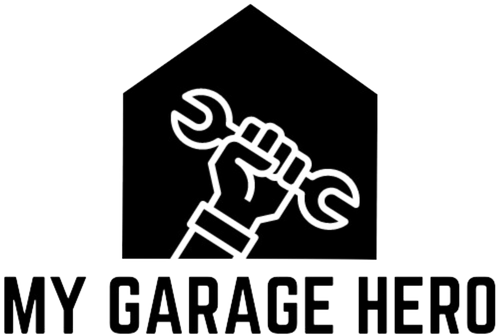There’s nothing more frustrating than turning your key or pressing the start button—and getting absolutely nothing back. Dead battery. No warning. No backup plan. But don’t panic. Whether you're stranded at home or stuck in a parking lot, there are several proven methods to get your car started again.
In this guide, we'll walk you through five reliable ways to start a car with a dead battery. From quick fixes to longer-term solutions, here’s everything you need to know to get back on the road.
Method 1: Use a Portable Jump Starter (Battery Pack)
This is the fastest and most convenient way to start your car without needing another vehicle.
Looking for one that does more than just jump start? Check out the Boost N’ Inflate — it jumpstarts, inflates tyres, and charges your phone.
Step-by-step:
-
Ensure your jump starter is fully charged.
-
Attach the red clamp to your battery’s positive terminal.
-
Connect the black clamp to a clean, unpainted metal surface on the vehicle (like a bolt on the chassis).
-
Turn on the jump starter and wait for a ready indicator.
-
Start your car.
Why it works: Portable lithium-ion jump starters provide a high burst of current to crank your engine without waiting or relying on external help.
You can store one in your glovebox or boot for emergencies.
Learn how to jump start your battery using a charger instead
Method 2: Use a Battery Charger with Engine Start Mode
If you’re at home and not in a rush, this method is a reliable option—especially if your charger has an engine start feature.
Step-by-step:
-
Plug in the charger and set it to 12V.
-
Attach the red clamp to the battery’s positive terminal.
-
Ground the black clamp on a clean metal part of the engine or chassis.
-
Choose "Engine Start" mode if available.
-
Wait 5 to 15 minutes before attempting to start your car.
Note: Standard chargers without boost mode may require several hours to build sufficient charge.
Read the full guide on using a charger safely
Method 3: Jump Start with Another Vehicle (Jumper Cables)
If you have jumper cables and access to another working car, this traditional method is still effective.
Step-by-step:
-
Position the working vehicle close by, with both engines off.
-
Connect one red clamp to your battery’s positive terminal.
-
Attach the other red clamp to the positive terminal of the working vehicle.
-
Connect a black clamp to the working car's negative terminal.
-
Attach the final black clamp to a metal ground on your car.
-
Start the working vehicle and let it run for a few minutes.
-
Attempt to start your car.
Always double-check clamp placement and avoid contact with moving engine parts.
Not sure which charger or starter is right for you? We break it all down in our 2025 Battery Charger Review Guide.
Method 4: Push Start (Manual Transmissions Only)
If your vehicle has a manual transmission and some help is available, push-starting is a possible workaround.
Step-by-step:
-
Shift your car into second gear.
-
Hold the clutch pedal down and turn the ignition to "on."
-
Have others push the vehicle to a rolling speed.
-
Release the clutch quickly.
If the timing is right, the engine should turn over and start.
Do not attempt this method on a hill or in unsafe traffic conditions.
Got an automatic? You’ll need a different method — here’s how to Jump-Start an Automatic Car.
Method 5: Call Roadside Assistance or a Mobile Mechanic
If none of the above methods work or you don’t have the tools, calling for professional help is a smart move.
When to use this method:
-
You’re in a remote location.
-
No access to tools or another vehicle.
-
The battery shows signs of damage or leakage.
-
All previous attempts have failed.
A roadside professional can test your battery, attempt a jump, or arrange a tow.
Still Won’t Start? It Might Not Be the Battery
If jump-starting doesn't work, the issue might lie elsewhere:
-
Faulty alternator
-
Loose or corroded terminals
-
Blown fuses
Always inspect your battery connections and condition before assuming the battery is the issue.
Conclusion
The best way to avoid being stranded is to stay prepared. A portable jump starter like our Boost N’ Inflate can jumpstart your car, inflate tyres, and charge devices all in one compact unit.
Stay safe on the road and avoid the stress of a flat battery.



